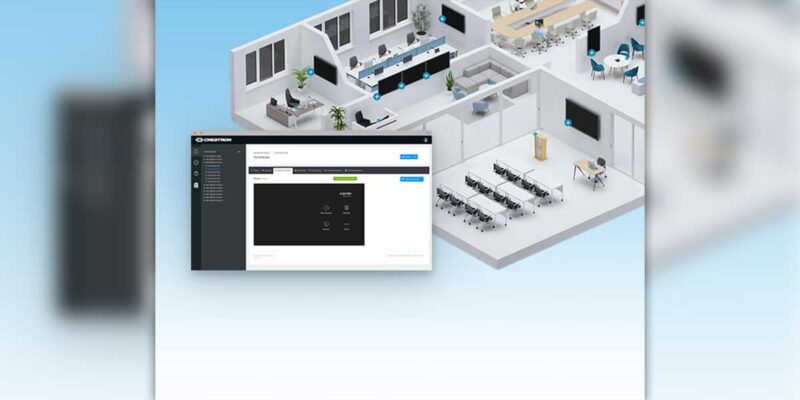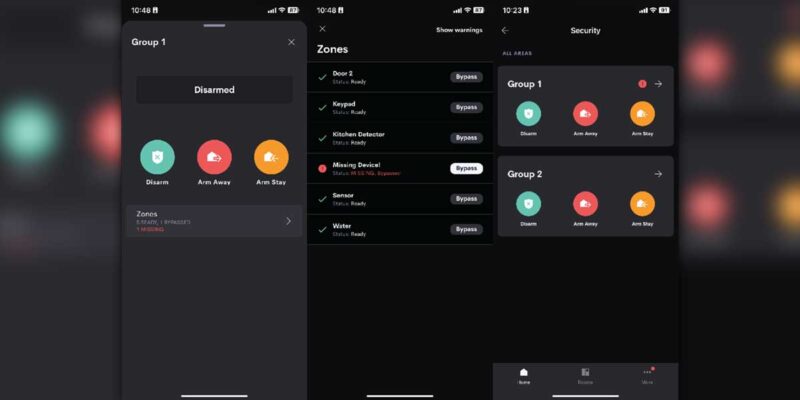Video Over the Network Takes the Next Step
 On October 1st of this year, Crestron Electronics sent out a press release that its DMCO 7-series streaming card for DigitalMedia was now shipping. This card was not a huge surprise to the industry, as it had been rumored/discussed since InfoComm of 2012. In addition, the technology had been seen by many people in Crestron’s Capture HD product for a couple of years. While it was not a huge surprise, it is an amazing step forward for the entire AV industry.
On October 1st of this year, Crestron Electronics sent out a press release that its DMCO 7-series streaming card for DigitalMedia was now shipping. This card was not a huge surprise to the industry, as it had been rumored/discussed since InfoComm of 2012. In addition, the technology had been seen by many people in Crestron’s Capture HD product for a couple of years. While it was not a huge surprise, it is an amazing step forward for the entire AV industry.
From my perspective, the change is based on how Crestron is marketing the product. Crestron writes that “streaming video eliminates any distance limitations, enabling signals to be sent around the building, around the campus or around the world.” The company is saying the product can not only “stream this to outside parties,” but also works as a method of sending video around a building or around a campus. Crestron is beginning to market this product as a video distribution system for the masses.
We have seen other companies and products that distribute video over IP. They typically are very high end and therefore very expensive. Typically, the market these companies target is the medical field. This is the first time I remember a company going directly after the common install, and discussing video distribution over IP as an option for everyone.
In fact, check out the following quote from Crestron’s Fred Bargetzi:
“Streaming is the future of AV, and DM supports this technology today. DM can now stream 1080p HD content directly to computers and Crestron touch screens, as well as to in-house servers or open-source media sites such as Kaltura or Wowza, and stream to any display or mobile device anywhere in the world. A DM network is not really complete without at least one streaming output. Our modular, card-based architecture makes it easy to add streaming to a DM system.”
—Fred Bargetzi, VP of Technology
Note that Bargetzi says streaming is the future of AV, and that a DM network is not really complete without at least one streaming output. Those are pretty clear statements about where Crestron believes the future of AV distribution lies.
If this surprises you, then that is a problem that you need to think carefully about. In reality, this should be no more surprising to us than the fact that Haley’s Comet will be when it reappears in 2061. We know both are coming, and yet we are still amazed when they actually arrive.
Thankfully, just like Haley’s Comet, you still have some time to prepare for its arrival. While the Crestron streaming product is good, it’s not great. Right now I don’t see many people jumping on to this for high quality transmission of video — it’s just not good enough yet. Certainly not as good as you can get from using a standard video over UTP system. History has taught us however, that when Crestron puts out a technology like this, they have a whole set of engineers already working on the next generation product, so it won’t be long now.
What do we do today to prepare for this? Partly, it should be the same thing you have been doing for the past several years: UTP cable everywhere you have an AV device, and a few extra cables to places you don’t. Another recommendation from my perspective is to seriously consider running ALL your UTP cables back to the IDF, even those that today you don’t consider to be “network” connections.
Why? Because over the next couple of years, as the AV over IP technology for the masses matures, you will be prepared. In the meantime, you might actually save some money. We have been doing this for the past several projects. Everything is labeled the same way we have always labeled our network connections. Follow whatever scheme you have always used for labeling. In our IDF, we patch depending on whether something is currently on the network, or currently used for AV. In our case, we use yellow Ethernet cables for patching inside the closet, for those connections that are currently only AV. These are short cables that simply jump to another spot on the block. We use blue cables for those that are currently being used as Ethernet; these cables go to a switch. This way, a quick look at the rack can give us an idea of what is going on. Better yet, in two years when we want to switch from AV connections, to Ethernet connections, it is a simple matter of re-patching. No cables need to be run.
There are some very clear challenges with this approach. The first being that you need to be tied in even closer with your networking group. Hopefully, you have already started working on this relationship. In order to get access to the IDF’s and the network patch panels, you are going to need to be a trusted colleague. Another challenge is going to be with distance limitations. Going from your AV closet to a projector in the ceiling may only be 30-40 feet, where going from the computer in the room to an IDF, and then back to a projector may be several hundred feet.
These changes continue to offer amazing opportunities for consultants and integrators to sell their soft services. With these changes, there is a clear need for IT and networking training among former “AV” only people. These are services that forward thinking integrators will help technology managers seek out and attend. Or perhaps for the bigger guys, offer these courses themselves. Certainly design services, along with consulting on these changes is going to be a huge need for technology managers.
I can’t think of a time when the AV industry ever got boring, but these changes certainly will provide a tumultuous and exciting next few years. As tech managers, we need all the education and information we can get. As integrators, dealers and consultants, now is the time to make sure YOU are the expert your customers turn to.
What are your thoughts? Is this change as close as I think? Have any of the readers already used this technology in your “average” installation? Let me know. I look forward to hearing from you.





